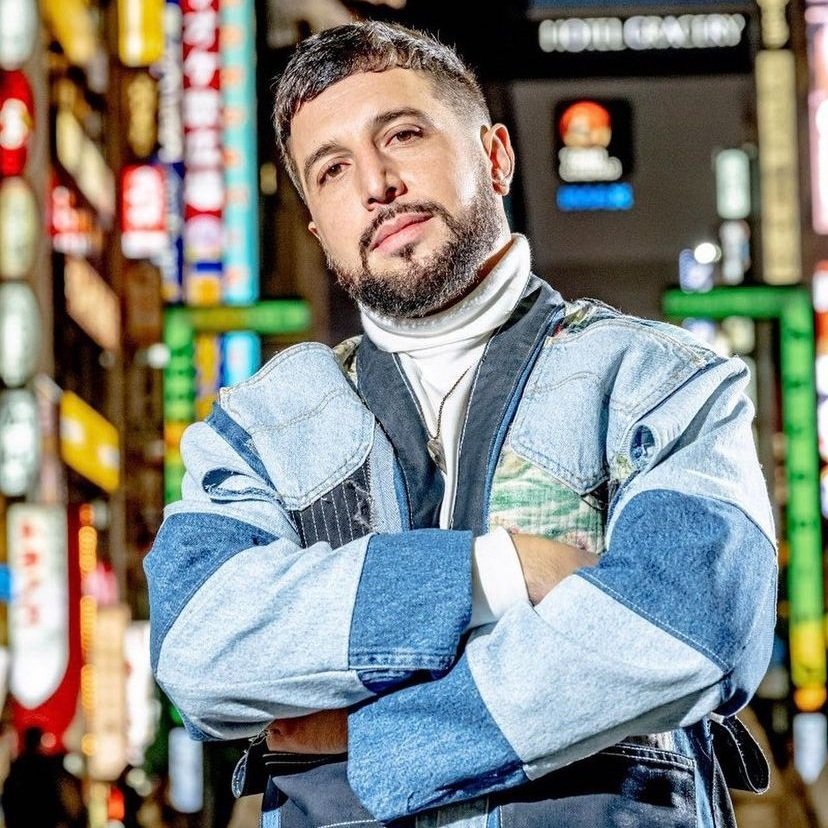Spotify Might Give a Penny for your Streams
If this bill is passed, Spotify will have to pay up. But what would that mean for artists and the industry?
Earlier this month, two members of Congress, Rashida Tlaib and Jamaal Bowman, introduced the Living Wage for Musicians Act — a bill that, if passed, would require streaming platforms to standardize paying all artists one penny per stream. The current average per stream is .003 of a penny, which, as Congresswoman Rashida pointed out, would require 800,000 streams per month to equal out the equivalent of a minimum-wage-paying full-time job. And the average amount of streams per month far exceeds that number, so you can only imagine how little the average artist currently receives.
The devil in the details of this bill concerns the pretty much standard way in which this type of legislation is passed. The idea is for a percentage of profits from streaming services to be siphoned off into a separate “fund” that will effectively pay out artists to the equivalent of that penny. And making up the difference to increase payouts for artists will likely mean an increased cost to consumers. For obvious reasons, this is causing a lot of debate online as to the merits of the bill, and also the tensions around how we feel about artists, and what their value is, and how much people feel they should expect to earn from their “passions.” As the world moves towards a society of convenience, one where services are created, giving users either an experience that makes things easier or a distraction from the difficulties of everyday living (and in many cases both), streaming music falls under the former. Unfortunately, this is at direct odds with artists who survive on selling their music.
Few people know or knew that Spotify as a company has rarely been profitable, recording losses that run into millions year-on-year because of the licensing agreements it holds with the labels that allow them to stream the music. This is the secret sauce and the rub to not just this bill, but also to the fate of music artists and the industry as well. One quick and dirty explanation of licensing and publishing is simply that every music recording that’s made has rights assigned to it, essentially for each person involved in the process (writer, producer, etc.). When artists sign contracts with labels, typically they sign over those rights and negotiate a percentage much smaller than if they retained them. This, however, is because labels are able to broadcast and promote music with a wider effect and volume than a lone artist can. Labels are the gatekeeper for artistic output to other industries that monetize the creation and labor of artists. Streaming has created a second layer for artists to penetrate in order to be the largest benefactor from their work.
The art of the hand-to-hand sale, at least in terms of the primary art that you make (and not the subset of products associated with your music, for example, merch that springs from someone enjoying and purchasing your music), is something that has been pushed to a niche endeavor, because so much of our attention is pushed towards a platform that delivers almost an infinite catalog of music for a fraction of pennies for the subscriber. Yet, they don’t own what they are listening to, just the “right” to listen to it. This works out great for the listener, and great for the owner of the rights to the music, but not necessarily for the person at the center of the equation — the maker themself.
To a certain extent, the “Living Wages” bill has the right impulse and instinct. Artists are being unfairly compensated for what they provide. Artists are not receiving an equitable share of the value that they are creating, and the two gatekeepers who essentially would not exist without the artist are the ones who stand to profit the most. This equation needs to be balanced. Unfortunately, as with many deep societal problems that exist, we look to deal with the symptom and not the disease. Instead of a purging of the poison, we hope that a Band-Aid will suffice. The solution to the inequity is to return ownership of the art back to the artist. Artists will never actually profit from the business of art unless they are full stakeholders in the process, and by default this is always the case. However, in a privatized market, at best what can happen is regulation, not restoration.
The first piece of music I ever sold — an EP with my first crew — was something I am still extremely proud of. When we moved to Brooklyn, and began our journey as emcees and artists, it meant so much to perform and to be able to give people a piece of what they experienced to take with them. As the years have gone by, the feeling of that connection hasn’t changed; it just hasn’t been as frequent. As an artist, I make my living in a different way, so the impact on my wallet for not being able to hand someone a piece of my music in exchange for dollars rather than pennies hits a little different for me. What does hit the same, however, is that, now, having my music on a streaming platform doesn’t all the way feel like my own. Streaming doesn’t prohibit artists from selling direct to their fans via other mediums, but the reach in some ways can’t even compare. Even if your work is on a shelf way in the back of the digital store, it’s still there and it’s a store that has millions of folks who visit daily. Juxtaposing that with you setting up a physical stand yourself, which has to move to whatever locations you can get to, is an exercise in inefficiency when it comes to generating income for yourself. Streaming as a medium isn’t evil or bad, but the way in which it’s designed means that those who should benefit from it the most, don’t. This bill is better than what we have currently, but the truth is it isn’t addressing the fundamental problem.





